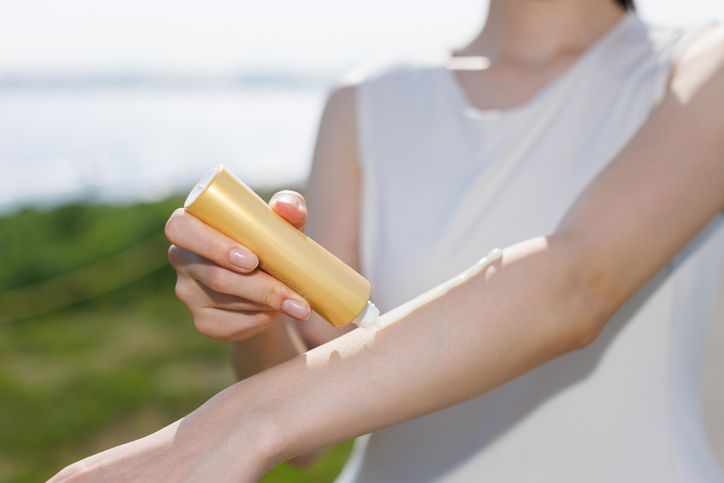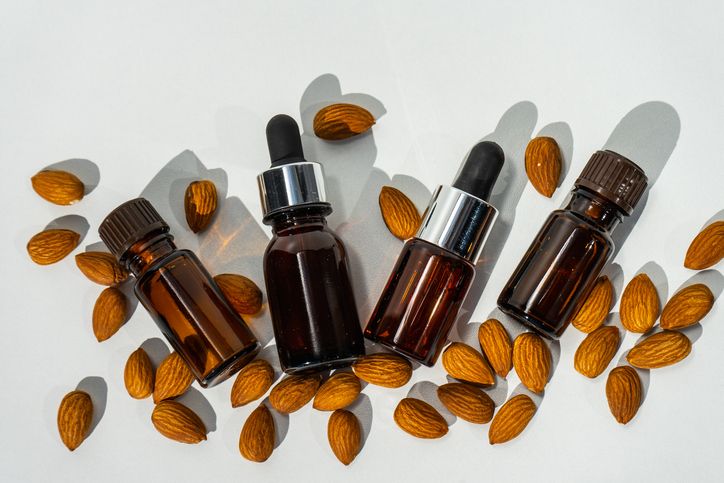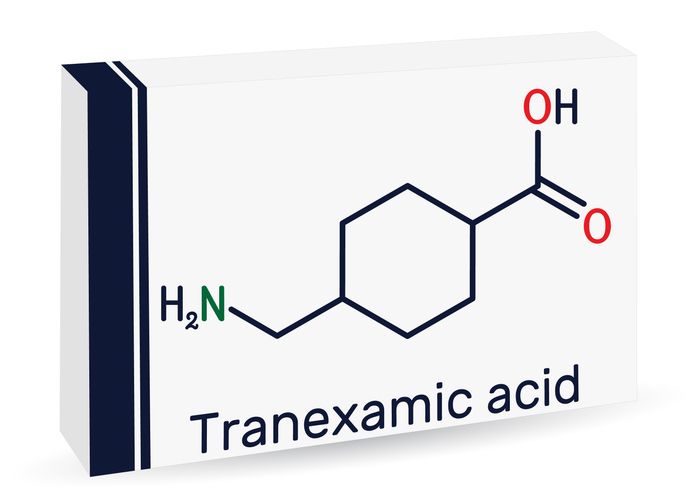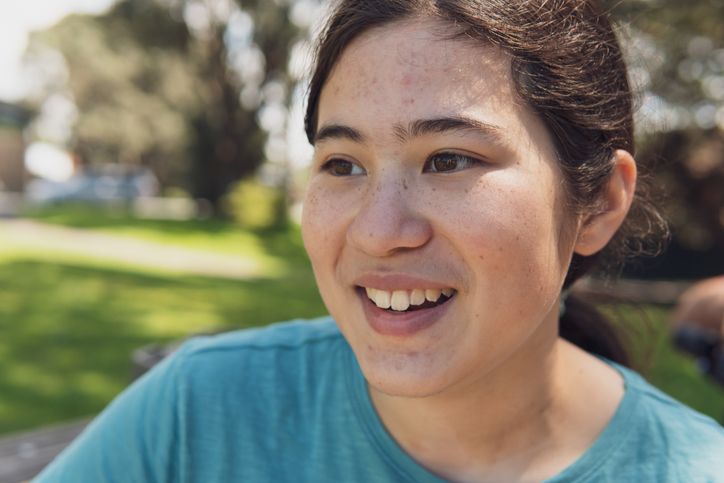- Home
- Trend
- Weight Loss Strategies
- Acne Tips
- Hair Health Information
- Blemish Removal Tips
- Acne Scar Removal Tips
- Muscle Building Techniques
- Intimate Care Tips
- Postpartum Intimate Care
- Eye Bags Wiki
- Tips for Face Slimming
- Secret of Permanent Hair Removal
- Breast Enlargement Tips
- Cure to Snoring
- Marionette Lines
- Skin-Tightening Secrets
Loose skin under the eyes is a common concern that can significantly impact your appearance, making you look tired and older than you feel. Understanding the factors that contribute to this issue and exploring effective treatments can help you achieve a more youthful, refreshed look.
How Do You Know If Your Skin Under Eyes is Sagging?
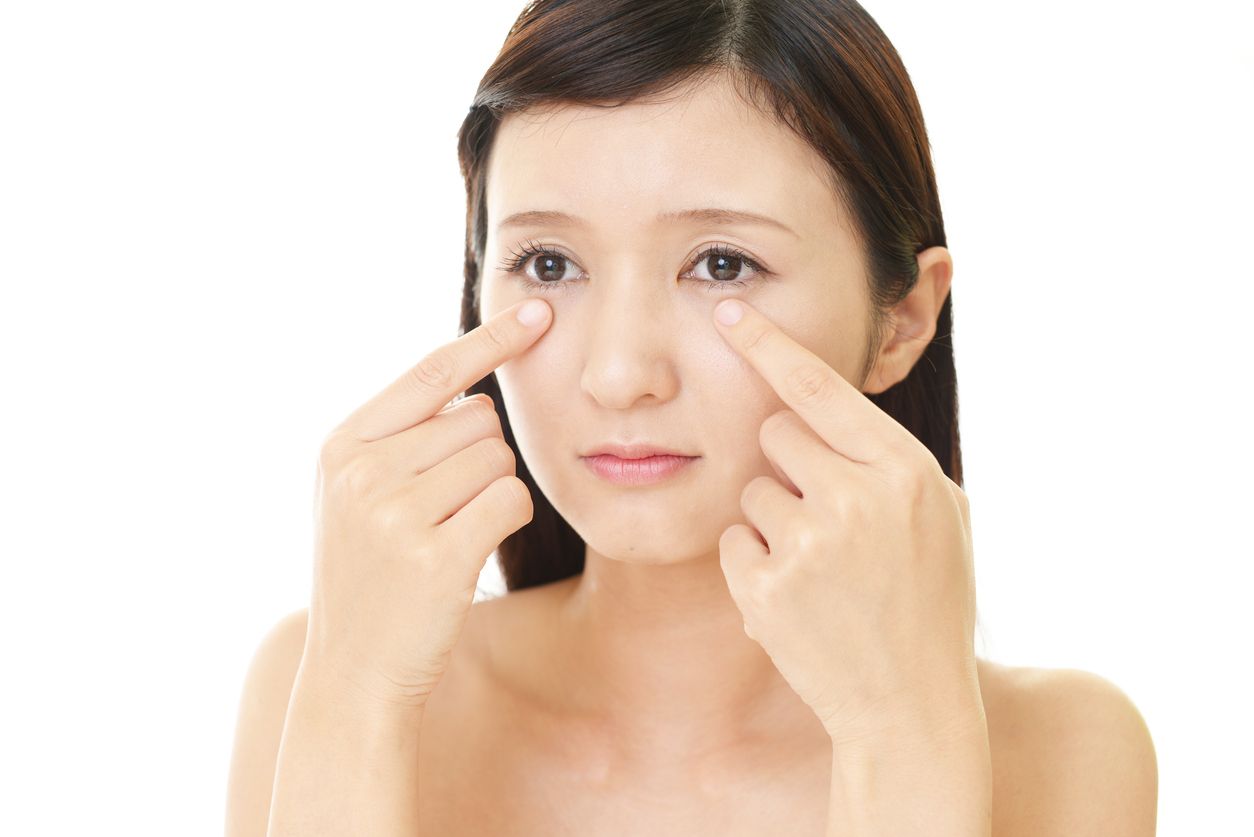
Identifying loose under-eye skin involves looking for several key signs and changes in the appearance and texture of the skin around your eyes. Here’s how you can tell if you have loose under-eye skin:
Visible Sagging
One of the primary indicators of loose under-eye skin is noticeable sagging or drooping, particularly in the lower eyelid area. If you see that the skin under your eyes hangs or wrinkles more than usual, it may suggest a loss of skin elasticity and firmness.
Increased Wrinkles and Fine Lines
As skin loses its elasticity, it tends to develop more pronounced wrinkles and fine lines. If you notice a significant increase in crow’s feet or wrinkles under your eyes, this could be a sign that the skin is becoming looser and less resilient.
Dark Circles and Puffiness
Loose skin under the eyes can exacerbate the appearance of dark circles and puffiness. When the skin becomes thinner and less firm, it can make underlying blood vessels and fat pads more visible, thereby intensifying the prominence of dark circles and puffiness.
Skin Texture Changes
Changes in the texture of the skin under your eyes, such as roughness or unevenness, can be a sign of looseness. Loose skin often appears less smooth and more irregular compared to the firmer skin on other parts of your face.
Reduced Firmness
To check for reduced firmness, gently press on the skin under your eyes. If the skin feels softer and more pliable than it did previously and doesn’t snap back into place quickly, this may indicate a decrease in skin firmness and elasticity.
Excess Skin Creases
Observe whether excess skin gathers or folds more readily when you smile or make facial expressions. Loose skin tends to create noticeable creases and folds more easily, which can be a clear indicator of its looseness.
Lack of Skin Tautness
Compare the skin under your eyes with the skin on other areas of your face. If you find that the skin under your eyes feels significantly less taut and firm than the rest of your facial skin, it could suggest that the skin in this area is becoming loose and less resilient.
Tips for Evaluation
• Gently Pull: Use your ring finger to gently pull the skin under your eyes. If it appears more wrinkled or saggy when stretched, it could be an indicator of looseness.
• Mirror Check: Use a magnifying mirror to closely examine the skin under your eyes for signs of sagging and texture changes.
Why My Under Eye Skin is Loose?
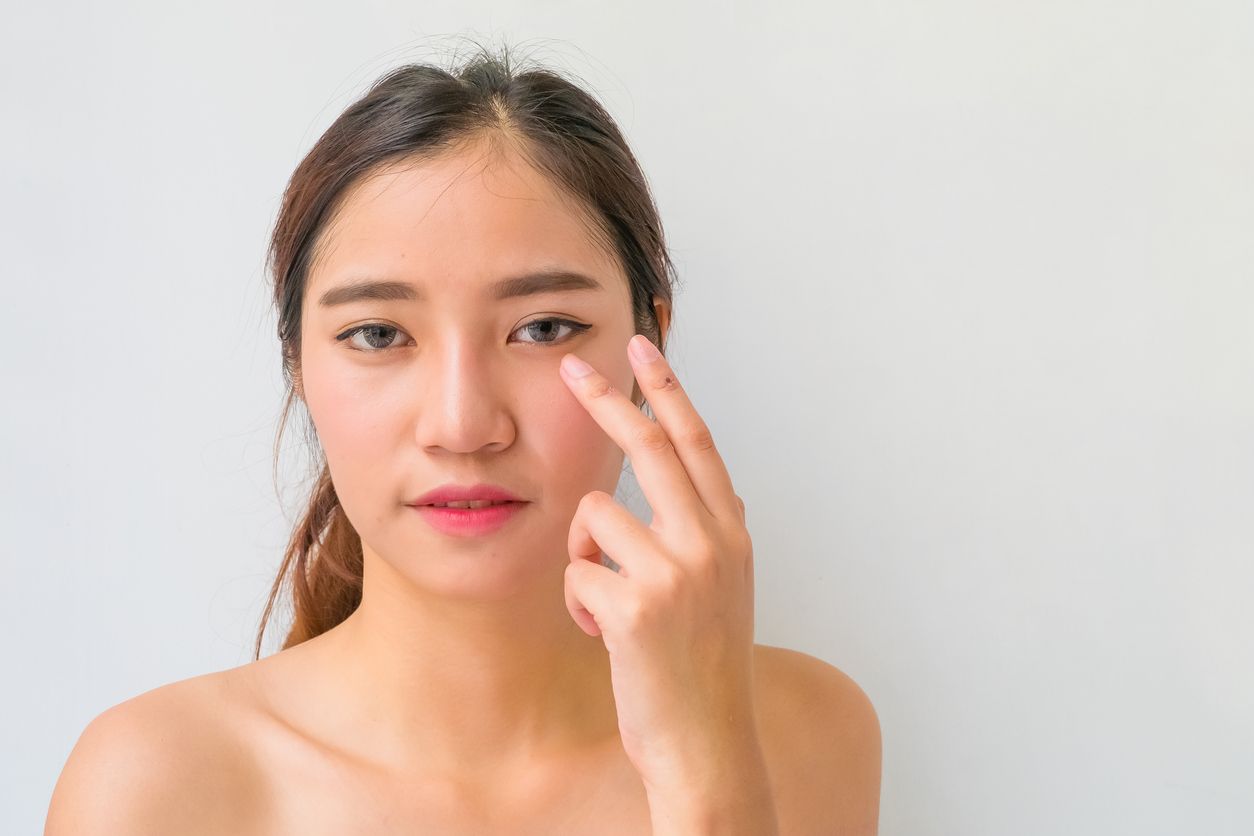
Alt text: An image of a lady checking the mirror for her eyes https://www.istockphoto.com/photo/asian-teenage-woman-looking-at-mirror-and-squeeze-acne-problem-on-her-face-skin-care-gm1131308740-299509050
Here are the elaborated causes of loose under-eye skin with the confirmed true statements:
Aging
As we age, the skin naturally loses collagen and elastin, two proteins essential for maintaining skin’s elasticity and firmness. The decrease in these proteins causes the skin to become thinner and less resilient.
This reduction in structural support contributes to the sagging and wrinkling of the skin around the eyes, resulting in a more pronounced appearance of loose skin.
Sun Damage
Prolonged exposure to UV light from the sun accelerates the degradation of collagen and elastin fibres in the skin. UV radiation triggers oxidative stress and inflammation, which further breaks down these proteins, leading to premature ageing and increased skin laxity.
This damage is cumulative and can significantly affect the delicate skin around the eyes, causing it to lose firmness and elasticity over time.
Genetics
Genetics play a crucial role in determining skin characteristics, including its tendency to become loose or saggy. If loose skin or early signs of ageing are common in your family, you may be predisposed to experiencing similar issues.
Genetic factors influence skin structure, collagen production, and overall skin health, making some individuals more prone to developing loose under-eye skin.
Lifestyle Factors
Lifestyle choices such as inadequate sleep, poor nutrition, and smoking can adversely impact skin health. Lack of sleep reduces the skin’s ability to repair and regenerate, while poor diet deprives the skin of essential nutrients needed for maintaining elasticity.
Smoking accelerates skin ageing by constricting blood vessels and reducing collagen production. These factors contribute to the breakdown of skin structure and can lead to the appearance of loose skin around the eyes.
Weight Loss
Rapid weight loss can cause a significant reduction in fat deposits, including those under the eyes. This loss of fat can result in the skin becoming loose and saggy, as it no longer has the same support structure.
The decrease in fat volume affects the skin’s firmness and elasticity, making the under-eye area more prone to appearing loose and wrinkled.
免費體驗
R6 Miracle Eye Rescue Treatment
1 Minute Self-Registration
Date should not be before minimal date
How to Tighten Loose Under-Eye Skin with 5 Approaches
Addressing loose under-eye skin involves a combination of over-the-counter solutions, home remedies, and professional treatments.
1. Over-the-Counter Solutions
Eye creams with ingredients such as retinol, peptides, and hyaluronic acid can make a significant difference. Retinol, a derivative of Vitamin A, promotes collagen production and accelerates cell turnover, improving skin texture and firmness. Peptides, which are amino acids, support collagen synthesis, enhancing skin elasticity. Hyaluronic acid provides hydration that plumps the skin, smoothing out fine lines and reducing sagging.
Skincare products enriched with Vitamin C and Vitamin E also play a crucial role. Vitamin C, a potent antioxidant, helps protect the skin from UV damage, promotes collagen production, and improves skin tone. Vitamin E supports skin hydration and overall health, contributing to a firmer under-eye area by aiding in repair and protection against damage.
2. Home Remedies
Cold compresses can provide temporary relief by constricting blood vessels, reducing puffiness, and tightening the skin. This method offers immediate but short-lived improvement.
Tea bags, when cooled and placed on the eyes, can enhance blood circulation and reduce inflammation. The caffeine in tea constricts blood vessels, while antioxidants in the tea soothe and reduce swelling.
3. Professional Treatment
Perfect Medical's Miracle Eye Rescue Treatment offers a more targeted approach. This advanced, non-invasive procedure uses radiofrequency (RF) energy to address loose under-eye skin. RF energy stimulates collagen production and improves microcirculation, leading to significant improvements in skin elasticity and firmness.
The treatment is painless, does not require surgery or needles, and provides quick, visible results with long-lasting effects. It involves a thorough skin analysis, a detailed consultation, preparation with RF gel, and the application of RF energy to the under-eye area. Follow-up care ensures sustained results and proper recovery.
4. Laser Skin Resurfacing
Laser skin resurfacing is a professional treatment that uses focused laser beams to remove the outer layers of damaged skin and stimulate collagen production in the deeper layers.
This treatment helps to tighten the skin and reduce wrinkles and sagging around the eyes. It can improve skin texture and tone, providing more dramatic and long-lasting results compared to many over-the-counter solutions or home remedies. However, it typically requires some downtime for recovery.
5. Microneedling
Microneedling, also known as collagen induction therapy, involves using a device with fine needles to create tiny punctures in the skin. These micro-injuries stimulate the body's natural healing process, boosting collagen and elastin production. This technique can enhance skin firmness and reduce the appearance of loose skin and fine lines under the eyes.
Microneedling is minimally invasive and can be combined with topical serums or PRP (platelet-rich plasma) for enhanced results. Multiple sessions may be required to achieve optimal results.
6. Eyelid Surgery (Blepharoplasty)
Eyelid surgery, or blepharoplasty, is a surgical procedure designed to remove excess skin and fat from the upper and lower eyelids. This approach is effective for more severe cases of loose skin and can provide dramatic, long-lasting results.
The procedure helps to restore a youthful appearance and improve the firmness of the skin around the eyes but involves a recovery period and potential risks associated with surgery.
7. Eye Creams
High-quality eye creams specifically formulated for tightening and firming the skin around the eyes can be beneficial. Look for products with ingredients such as peptides, retinol, and hyaluronic acid, which target collagen production and hydration to reduce the appearance of loose skin and fine lines.
Consistent use of these creams can improve the overall texture and firmness of the under-eye area.
Make-Up Tips You Need For A Pair of Nice Eyes
While you are working on picking the suitable methods for your under eye skin, here are a few useful tips for under eye skin and eye bags concerns:
1. Use a Primer
Applying a primer before your makeup helps to create a smoother surface by filling in fine lines and imperfections. This is particularly useful for the delicate under-eye area, where the skin is thin and prone to creasing. A well-chosen primer can also help your makeup last longer and stay in place throughout the day.
How to Apply: Opt for a hydrating primer specifically designed for the eye area. Gently pat a small amount onto the under-eye area using your ring finger or a makeup sponge. Make sure to blend it evenly and allow it to set for a few moments before proceeding with concealer. This will create a smooth, even base that helps minimise the appearance of fine lines and makes concealer application more seamless.
2. Opt for a Creamy Concealer
Creamy concealers are ideal for mature or loose under-eye skin because their rich texture provides better coverage without settling into fine lines or creases. Unlike thicker formulas, creamy concealers offer a more natural, blended finish that helps hide dark circles and brighten the eye area effectively.
How to Apply: Choose a concealer with a lightweight, hydrating formula. Apply it in a triangular shape beneath your eyes, extending it towards the temples to create a lifting effect. Use your ring finger or a damp makeup sponge to blend the concealer gently, ensuring that it merges seamlessly with your skin and doesn’t settle into fine lines.
3. Choose Light-Reflecting Products
Light-reflecting or illuminating products can diffuse light, reducing the appearance of shadows and fine lines. These products help to brighten the under-eye area and create a more youthful, radiant look by reflecting light away from imperfections.
How to Apply: Look for concealers or eye creams with light-reflecting properties or subtle shimmer. Apply these products sparingly to the under-eye area and blend well. The light-reflecting particles will help to brighten the area and reduce the visibility of dark circles, making your eyes appear more refreshed and awake.
4. Set with a Translucent Powder
Why It Helps: Setting your concealer with a translucent powder helps to prevent it from creasing and settling into fine lines. This step ensures that your concealer stays in place and maintains a smooth appearance throughout the day.
How to Apply: Use a finely milled translucent powder, which will set your concealer without adding colour or texture. Lightly dust the powder over the under-eye area with a small, fluffy brush. Be cautious not to apply too much powder, as it can accentuate fine lines and make the skin look dry. A light application will help to keep your concealer in place while maintaining a natural finish.
5. Avoid Heavy or Thick Formulas
Heavy or thick makeup formulas can emphasise loose skin and make it look more pronounced. To avoid this, it’s important to use lightweight, buildable products that provide coverage without adding extra weight.
How to Apply: Opt for lightweight, buildable concealers and eye makeup. Apply these products in thin layers, building up coverage gradually as needed. This technique prevents the makeup from becoming too heavy, which can draw attention to loose skin and make it appear more noticeable.
6. Use Brightening Techniques
Brightening techniques help counteract the appearance of dark circles and make the eyes look more awake. By drawing attention to the inner corners and brow bone, you can enhance the overall brightness of the eye area.
How to Apply: Apply a light, shimmery eyeshadow or highlighter to the inner corners of your eyes and just under the brow bone. This technique reflects light and creates a contrast that helps to diminish the appearance of dark circles and adds a fresh, luminous look to your eyes.
7. Incorporate Eye Creams with Makeup
Eye creams with ingredients like hyaluronic acid and peptides can provide additional hydration and support to the delicate under-eye area, making it easier to apply and blend makeup.
How to Apply: Use an eye cream that is compatible with makeup, featuring hydrating and skin-supporting ingredients. Gently pat the cream onto the under-eye area before applying concealer. This will ensure a smooth, hydrated base that helps to improve the appearance of your makeup and supports the skin’s overall health.
Say Goodbye to Sagging Skin!
Loose skin around the eyes can be caused by ageing, sun exposure, and lifestyle choices. While some over-the-counter products and makeup tips may offer temporary relief, professional treatments like Perfect Medical's Miracle Eye Rescue Treatment deliver remarkable and enduring results. By addressing the root causes and taking proactive measures, you can rejuvenate your appearance and achieve a more youthful look.
Ready to transform your under-eye area? For detailed information and to schedule your free trial of the Miracle Eye Rescue Treatment, visit us by making an appointment below!
免費體驗
R6 Miracle Eye Rescue Treatment
1 Minute Self-Registration
Date should not be before minimal date
FAQ

1. What are some side effects of procedures for tightening loose under-eye skin?
Procedures designed to tighten loose under-eye skin, such as laser treatments or radiofrequency therapy, can sometimes have side effects. Common issues reported by patients include redness, swelling, and temporary discomfort. In rare cases, there might be pigmentation changes or scarring.
2. How does collagen synthesis affect the appearance of loose under-eye skin?
Collagen synthesis plays a crucial role in improving the appearance of loose under-eye skin. As we age, collagen production decreases, leading to loss of skin elasticity and firmness.
3. What are some ways to protect the eyes from sun damage and prevent loose under-eye skin?
Sun protection is essential in preventing damage to the delicate skin around the eyes, which can exacerbate the appearance of loose skin. People should use broad-spectrum sunscreens with high SPF specifically formulated for the eye area. Additionally, wearing sunglasses that block UV rays can help protect the eyes from harmful sun exposure and preserve skin elasticity.
4. Are there procedures that can improve the appearance of loose skin under the eyes?
Yes, there are several procedures that can address loose skin under the eyes. Some of the most effective options include laser resurfacing, radiofrequency treatments, and injectable fillers. These procedures target the underlying causes of skin laxity by stimulating collagen production and tightening the skin.
5. How does the wound healing process influence the results of under-eye skin treatments?
The wound healing process is crucial in determining the effectiveness of treatments for loose under-eye skin. After procedures like laser treatments or chemical peels, the skin undergoes a healing phase where new collagen and elastin fibres are formed.





